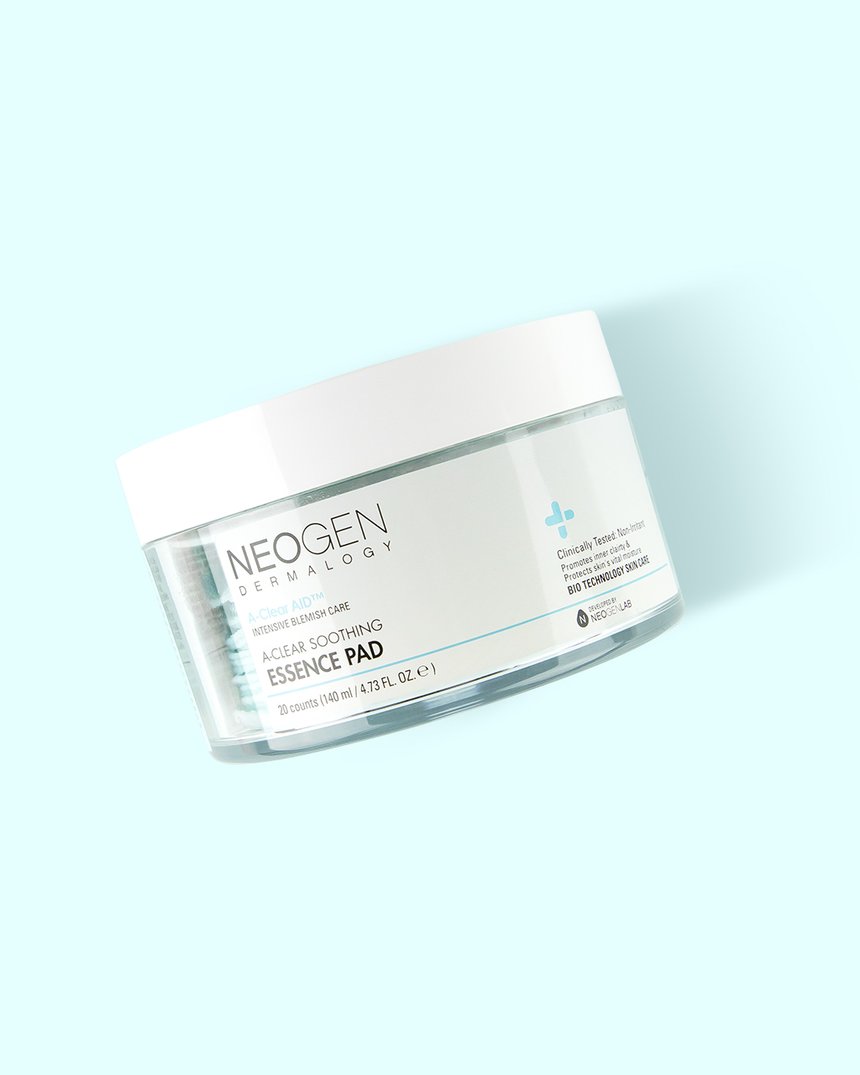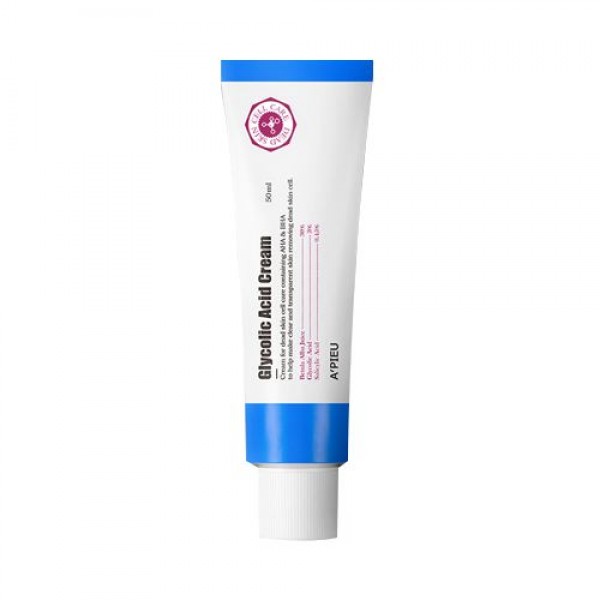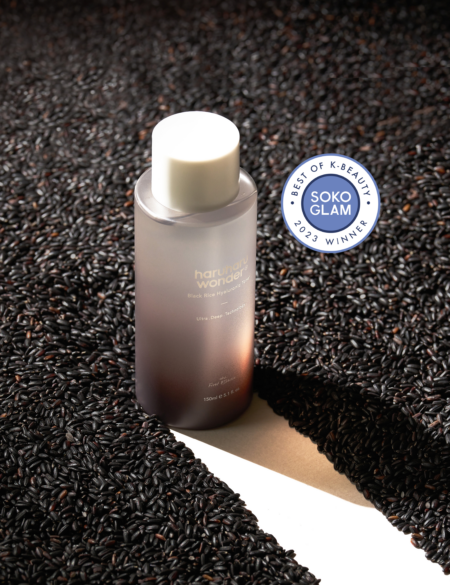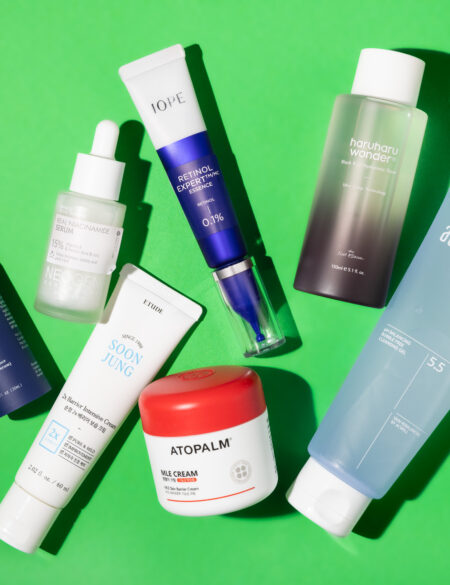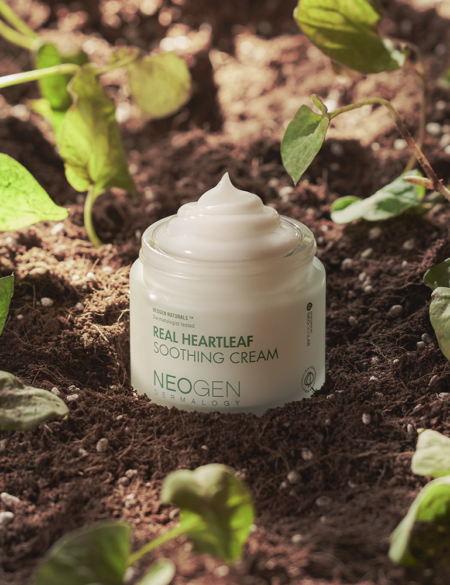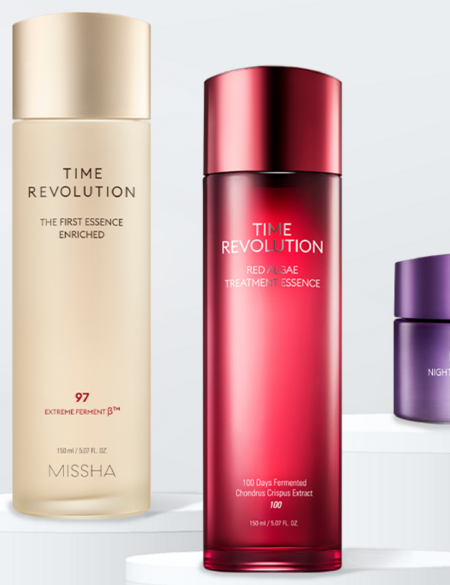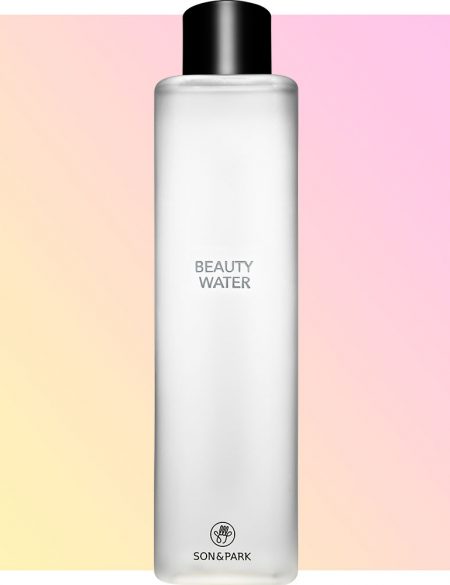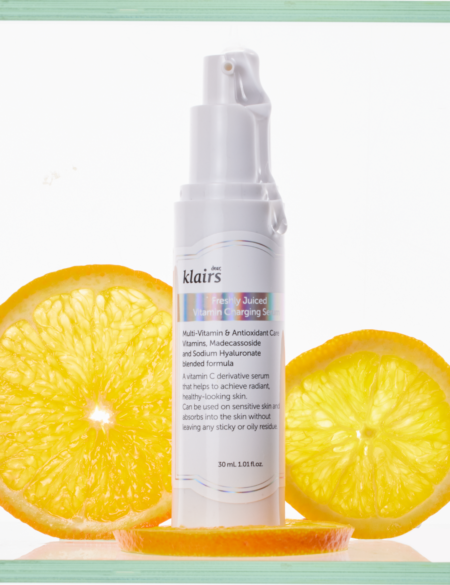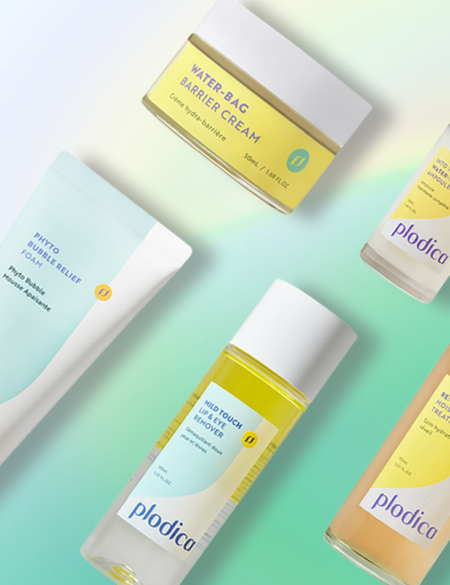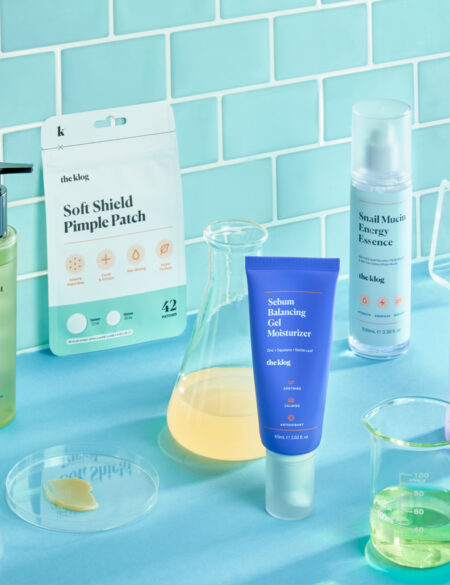From the type of acid to use based on your skin type to the perfect percentage to look for, here’s what to know before using a chemical exfoliant.
We often get questions about how to incorporate acids into a skin care regimen, especially when it comes to figuring out what acid percentages are ideal for certain skin types. With expert insight, we’re demystifying some of the confusion around skin care acids and percentages so that you can feel more confident about integrating them into your routine.
What Are Acids?
Before we dive in, let’s do a quick refresher on skin care acids. They boil down to two primary categories: alpha hydroxy acids (AHAs) and beta hydroxy acids (BHAs).
“Think of skin care acids as the agents that dissolve the glue holding dry, expired cells together,” explains Lila Castellanos, a licensed esthetician and founder of Doll Face Skincare Studio in California. Though both AHAs and BHAs slough off dead skin cells for brighter, clearer skin, they do have some key differences.
- AHAs: This category consists of exfoliating, brightening acids derived from fruits, sugars, milk, and others; they include glycolic, lactic, and malic acids. AHAs help refine texture, minimize fine lines, and reduce hyperpigmentation while also brightening.
- BHAs: These are exfoliating, clarifying acids typically derived from willow bark; salicylic acid (found in the Neogen A-Clear Soothing Essence Pad) and its offshoots make up the bulk of this category. BHAs can also improve texture, but they’re best suited for oily and acne-prone skin types since they work best to refine pore size, balance sebum production, and clear zits.
Can Skin Care Acids Damage Your Skin?
“While the term acid can be scary to someone new to skin care, these ingredients are an important part of many active skin care products,” says Dr. Tahl Humes, a board-certified dermatologist and founder of Vitahl Medical Aesthetics.
You’re very unlikely to find an over-the-counter acid formulated by a reputable brand that’s going to damage your skin. Still, it’s important to only leave the product on as long as the directions state and, as is the case with many skin care actives, it’s best to ease them into your routine.
Note that the most potent skin care acids are reserved for professional, in-office use and are carefully administered by a licensed practitioner. These are referred to as “peels” and many are still quite mild, only penetrating your outermost layer of skin (epidermis). Very strong peels that penetrate to the dermis, such as TCA, are only administered after a consultation and on a case-by-case basis. These do cause purposeful, controlled damage (as many in-office skin care treatments do) in order to stimulate collagen production. Learn more about chemical peels here.
Which Acid Percentage Is Best for Your Skin Type?
Though many people are curious about which acid percentage they should look for, Dr. Humes says it’s less about percentages and more about formulation.
“Consumers should focus more on the quality of the ingredients as well as how these ingredients are combined to make a final product. For example, a higher percent of a cosmetic-grade ingredient, such as glycolic acid, will [often] be less effective than a lower percent of a pharmaceutical-grade glycolic acid,” she says.
You can get both cosmetic-grade acids and pharmaceutical-grade acids over the counter, and both have their benefits depending on your needs. Just be aware that the latter category will likely be more potent than the former, even if they contain equal concentrations. (Some cosmetic-grade acids don’t even list the percentages).
If you’re just starting out with skin care acids, Castellanos says it’s best to begin with a cosmetic-grade acid with a percentage between three and five percent. She adds, “I also recommend doing a patch test on your skin right below the jaw-line area or behind the ear to make sure you don’t have a negative reaction.”
From there, you can begin using the product once or twice a week, then increase to every-other-day. Eventually, depending on the product instructions, you can use the product once or twice daily.
Two great AHA options include A’Pieu Glycolic Acid Cream, which is ideal for acne-prone skin types since it contains 3% glycolic acid and 0.45% salicylic acid. Neogen Bio-Peel Gauze Peeling Wine is another mild acid option that you can eventually work up to everyday use. The pad makes it easy to apply an even layer of product across your skin and it gently physically exfoliates while fruit extracts and glycolic acid chemically exfoliate.
Once your skin has grown accustomed to milder AHAs (which really shouldn’t take more than a month or two), you can move on to something stronger. This might be a pharmaceutical-grade product, or a cosmetic-grade product with a higher percentage between 5 and 15 percent. Repeat the process of testing the product to see how your skin reacts, then move forward accordingly.
Note that BHAs are a different ballgame. Most over-the-counter products hover between one-half to two percent, with professional peels being much higher. Again, it’s important to follow the product instructions to a T. If it says it’s a spot treatment, only apply it to a spot. If the label says use once a week, do that.
A Few Final Words
Some flakiness, tenderness, or sensitivity is normal when you first begin using both AHA and BHA acids (or if you’re upping the potency). This should subside within a few days and should not cause you any pain. If you experience ongoing redness, sensitivity, or irritation, cease usage and talk to your skin care professional.
The bottom line is that acids are a really important part of anyone’s skin care regimen. When used with respect to the label instructions and your skin, they can make a major difference in the quality of your complexion both in the short and long term. Glow for it!



